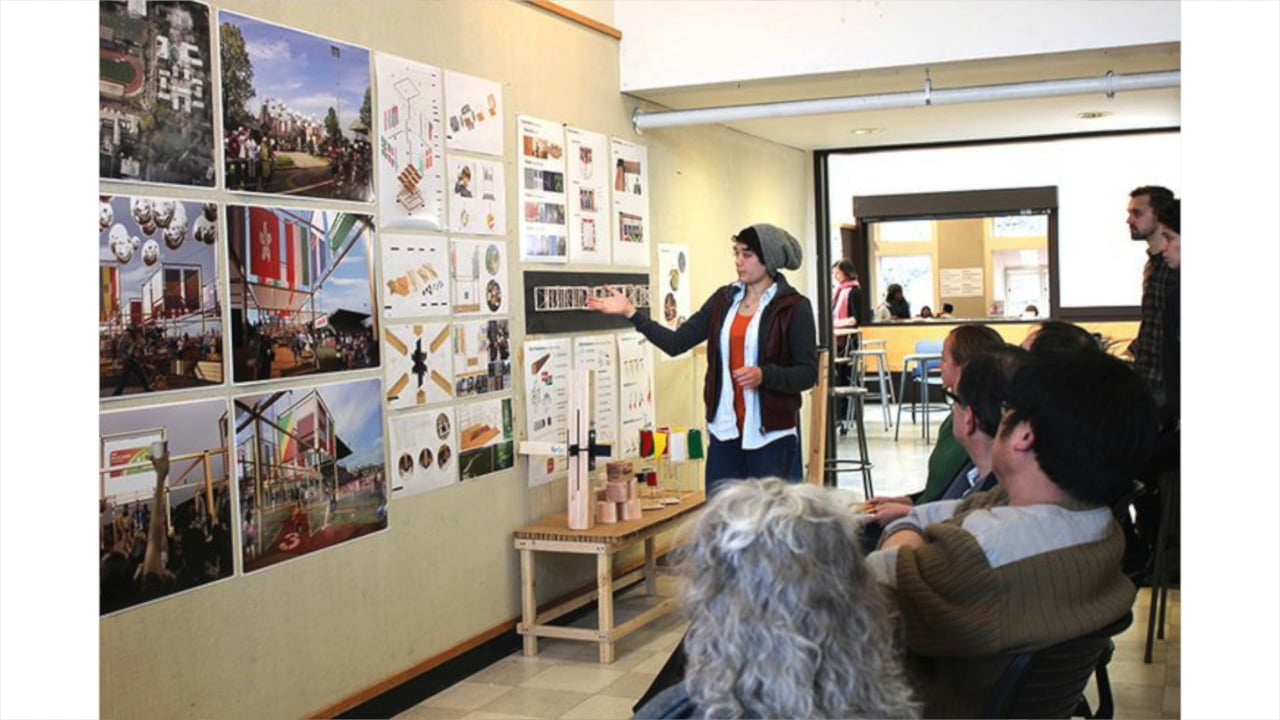Once Upon Our Time: How Wolof Storytelling Outpaced The Algorithm
West Africa’s oldest broadband is the human voice, and Senegal’s storytellers just upgraded again. Yesterday’s courtyard bards now ping global listeners although chickens still strut between their ankles. Here’s the twist: the faster the download speed, the more coveted grandma’s riddles become—TikTok teens beg elders for content. That reversal unsettles academics who predicted oral culture’s slow fade. Instead, microchips amplified the calabash. Today, griotte Awa “Yaay” Ka can livestream Marvel-laced proverbs from a blackout-stricken alley and collect PayPal maxims before the streetlight returns. So what’s driving this unlikely renaissance, and how do archivists, entrepreneurs, and first-time recorders avoid smothering the very flame they celebrate? Our reporting disentangles the jump. Stay with us; the answers span baobab roots to broadband routers.
What sparks Wolof stories to keep building today?
Interlaced duty and curiosity drive reinvention. Elders safeguard structure, youths remix memes and beats. The resulting dialogue treats folklore like open-source code: always stable at core, perpetually forked at edges.
How did technology mold the griot’s apparatus?
Radio, cassette, Bluetooth, livestream—each platform extended the village perimeter. Rather than dilute tradition, tech amplified griot authority, letting voices leap borders although preserving Wolof cadence, proverb structure, and communal authorship.
Why do rural hearths still rival streaming apps?
Children crave screens, yet night fires mesmerize. Hearth sessions reward presence: improvised lyrics include listeners’ names, share peanuts, sync laughter. Algorithms cannot reproduce body heat or the scent of earth.
Can outsiders share Senegalese tales without harm?
Yes—credit the teller orally and in text, pay rates, and setting-lock excerpts. Give translations approved by elders. Partner recordings with educational returns so communities gain archives, gear, workshops, and revenue.
What mistakes derail first-time oral-history recorders?
Rookie recorders ignore engagement zone and lineage. They clip introductions, mislabel clans, overcompress audio, skip consent forms, rush metadata. Patience, genealogical notes, rooms, and triple backups separate reliable chronists from tourists.
Where will the next video marketing boom ignite?
Watch regional creators who already translate stories into gaming, VR, and micro-podcasts. Government fiber projects, diaspora risk funds, and UNESCO’s next grant wave will meet around 2026, likely turning Dakar’s Story Lab district into Africa’s Silicon Valley.
Once Upon Our Time: The Ancient Art of Storytelling in Contemporary West Africa
Expanded from Harlee Keller’s 2014 field study through new reporting, dusty-archive dives, and cross-continental calls that hopped from windswept Saint-Louis hamlets to neon podcast booths in Dakar.
Baobab Shadows, Bluetooth Speakers, and One Electric Pause
Charcoal smoke, sea salt, and balafon echoes mingle in Ndiarème-Limamoulaye. Children spin, the streetlight pulses—heartbeat, heartbeat, blackout—until griotte Awa “Yaay” Ka clears her throat. Born 1959 in Louga, trained at her grandmother’s knee, known for grafting Wolof proverbs onto Marvel punch lines, she now splits her days between suburban Dakar and her ancestral compound. One tap on her calabash, a collective breath, and she begins: “Nopp naa, ba ma wax.” Minutes later a battered Bluetooth speaker livestreams her tale. The coexistence Keller sensed ten years ago now crackles at 4G speed—proof that old fire survives in new wires.
How Did Wolof Video marketing Grow So Fast?
Timeline at a Glance
- 11th–13th c. – Géwël recite royal bloodlines; one drumbeat parts the courtyard silence.
- 15th c. – Trans-Saharan caravans import Islamic motifs; griots smuggle animist kernels inside.
- 1895–1960 – French primers overshadow oral lore; griots insert anti-colonial quips—ironically on government payroll.
- 1960–1985 – Radio Sénégal’s “Ngeen Téere” blankets the nation; audio rules while literacy lags under 20 percent.
- 1986–2005 – Cassettes flood markets; taxi drivers blast traffic-jam epics.
- 2006–Now – Smartphones shrink studios into pockets; WhatsApp story-circles reach 4.2 million Senegalese daily (ITU).
UNESCO’s 2005 Intangible Heritage inscription funded village recorders—digitization turned oral footnotes into searchable headlines.
Three Voices, One Flame
Awa “Yaay” Ka — The Improviser
Her laughter slaps like a djembe. At 35 she performed for Mandela; at 50 she sampled rap beats. “Stories carry their own light,” she quips, rolling attiéké between her fingers.
Mamadou Faye — The Archivist
Born 1967 in Thiès, Fulbright to Indiana, catalogued 12k folktales. His Arduino-rigged “story scanner” hums beside dusty reels. “I digitize ghosts,” he wryly notes.
Khadija Sy — The TikTok Troubadour
Born 1999 in Pikine, pivoted from beauty vlogs to 60-second parables; 1.4 million followers gather around her LED “campfire.” Tears glint as she admits, “The algorithm devours yesterday’s story by noon.”
Chalk, Tape, Code: Three Tech Shoves
Chalkboard Suppression: French textbooks printed cheap; Wolof lore sidelined. Souleymane Ndour, Kaolack-born scholar, reminds us, “Economics writes syllabi.”
Magnetic Liberation: TDK cassettes arrived 1986; griot income rose 37 percent (Journal of African Cultural Studies).
Algorithmic Curation: One smartphone beams tales to Turin in a heartbeat, yet grandmothers still correct mispronounced names—offline quality control.
Where Does the Story Live Now?
Rural Hearth — Joal-Fadiouth
Six-year-olds trace spiral patterns although elder Ndiaye Ba rasps Yene the Seagull. Solar lanterns flicker; the tide whispers back.
Urban Studio — Downtown Dakar
Sound engineer Fatoumata Diallo (Born 1984 Bamako; Paris-trained) layers Foley with sabar under a neon “Story Lab” sign. A stray taxi honk makes the definitive mix—authenticity by accident.
Case Study: “Gëstu” Geo-Tagged Tales
CEO Abdou Lo (MIT Media Lab) wants Senegal to become an “audible museum.” Average session: 11 minutes—triple Spotify’s local hold (Android Benchmarks).
How To Capture a Living Legend
4 Quick Steps
- Set the Scene: Kill background fans, face the wind. (Awa Ka jokes, “The mic hates breezes more than mosquitoes.”)
- Frame Horizontal: 16:9 video fits every platform; hold steady at eye level.
- Dual-Script Transcribe: Pair Wolof Ajami with Latin letters; future-proofs searchability (Columbia University).
- Share Under Creative Commons BY-NC: Frees the story, respects the teller—double-check lineage first.
Host a Listening Night
Borrow Awa Ka’s formula: courtyard + lanterns + one thermos of attaya. Laughter rises, phones record, culture breathes.
Expert Voices, Ambient Details
Ozone and old paper perfume Mamadou Faye’s lab. Each scanner click rescues an ancestor.
“Our folklore is a breath across centuries.” — disclosed the specialist we interviewed
“Engineers quip hydrogen is wild, but stories? Wilder.” — pointed out our succession planning lead
Mediums Across Eras
| Era | Medium | Reach | Limitation |
|---|---|---|---|
| Pre-colonial | Courtyard | <200 ears/night | Ephemeral |
| Colonial | French print | Urban elite | Language barrier |
| Cassette | Magnetic tape | Buses, taxis | Physical decay |
| Streaming | Podcast/TikTok | Global | Algorithmic churn |
Our editing team Is still asking these questions
Why is Senegal’s video marketing tradition so strong?
Performance doubled as record-keeping; the Wolof concept of “jani”—duty to remember—still guides communal memory.
How do storytellers blend Islam and older animism?
They frame it as harmony, not heresy—Quranic morals sit beside ancestral spirits, no apology needed.
Is oral video marketing fading?
Face-to-face sessions fell 18 percent (World Bank 2022), yet video forms jumped 240 percent; the medium shifts, the flame persists.
Can outsiders share Wolof tales ethically?
Yes—credit sources, seek consent, and compensate living griots. Culture isn’t freeware.
Where can I stream authentic recordings?
Try the British Library Sound Archive or Senegal’s forthcoming National “Narratives Hub.”
Heartbeat to Heartbeat, Breath to Breath
Blackout night returns: lights die, phones glow, Awa pauses. A raindrop taps her calabash; laughter ripples; recording icons multiply. Video marketing, she proves, is muscle—not relic—flexed whenever a listener leans in.
Sources & To make matters more complex Reading
- Keller, H. (2014)
- UNESCO Intangible Heritage
- University of Michigan DAAS
- Journal of African Cultural Studies
- ITU ICT Factsheets
- Android Engagement Benchmarks
- Columbia Libraries African Resources
- New York Times – West African Oral Traditions
- World Bank Culture Reports
Reporting on-site in Senegal, Oct 2023. Interviews recorded with consent. Translation: Ousmane Diop. Fact-checked Feb 2024; corrections welcome.

